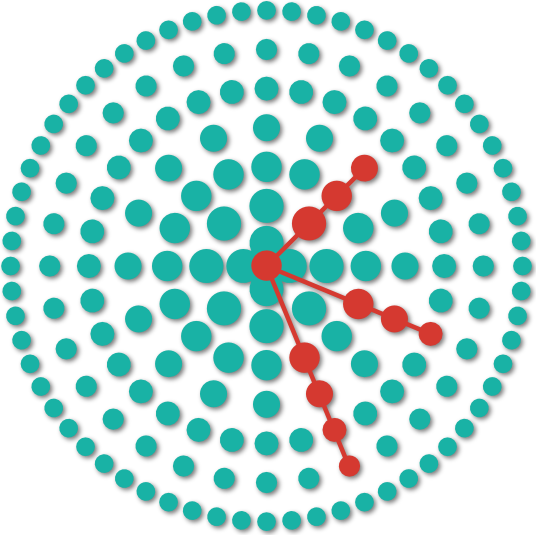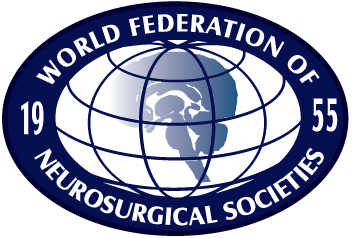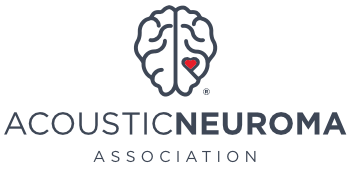Recovery Outlook for Hemangioblastoma


When faced with a diagnosis of a hemangioblastoma, patients and their loved ones may embark on a journey that encompasses not only surgical treatment but also recovery and adaptation to changes in health and lifestyle. Hemangioblastomas, although rare, are benign, vascular tumors that can have significant implications for a patient's quality of life and prognosis.
Understanding the recovery outlook for hemangioblastomas is crucial for setting realistic expectations and preparing for the road ahead. This article aims to provide a compassionate and informative guide on what to expect during the recovery process from brain surgery for hemangioblastoma, including survival rates, prognosis, and life after treatment.
Understanding Hemangioblastoma and Its Treatment
Hemangioblastomas are a type of benign brain tumor that most often grow in the back part of the brain known as the cerebellum, or in the spinal cord. They can be part of a genetic condition called von Hippel-Lindau (VHL) syndrome, but sometimes they appear without any known cause.
Removing the tumor with surgery is the most common treatment. Removal can be a delicate process due to the highly vascular nature of these lesions.
Surgeons aim for complete resection, without risking harm to the brain or spinal cord. The greater amount of tumor removed may both decrease the chance of the tumor coming back, as well as may prevent any further neurologic deterioration.
For smaller tumors or tumors located in vulnerable areas, a targeted radiation treatment called stereotactic radiosurgery may be used instead.
Survival Rates and Life Expectancy
The prognosis for patients with hemangioblastoma is generally positive, with survival rates being quite high. Studies have shown that the overall survival rate from the time of diagnosis is around 95% at 5 years, meaning that most patients live at least five years after their diagnosis.
For those with VHL syndrome, life expectancy can be influenced by various factors, including the number and location of tumors. Regular monitoring for new tumors is a critical component of post-surgical care and necessary to catch and treat any new tumors early that might need treatment.
The prognosis for isolated cerebellar hemangioblastomas is generally favorable, with many patients returning to a good quality of life. While life expectancy for patients with VHL is still lower than the general population due to the risk of multiple tumors, individuals with VHL can nonetheless lead fulfilling lives with careful monitoring and management of their condition.
Why should you have your surgery with Dr. Cohen?
Dr. Cohen
- 7,500+ specialized surgeries performed by your chosen surgeon
- More personalized care
- Extensive experience = higher success rate and quicker recovery times
Major Health Centers
- No control over choosing the surgeon caring for you
- One-size-fits-all care
- Less specialization
For more reasons, please click here.
Post-Surgical Recovery and Hospital Stay
Recovery from brain surgery is a gradual process. The length of hospital stay can vary from a few days to a couple of weeks, depending on the complexity of the surgery and the patient's response.
During this time, medical staff will closely monitor for any complications and begin the rehabilitation process. Patients and caregivers should understand that recovery continues well beyond the hospital stay.
Life After Surgery: Short-Term and Long-Term Expectations
In the short term, patients can expect a period of rest and then a gradual increase in activity. Driving is often prohibited for a period that can range from weeks to months, depending on an individual's recovery and local regulations.
Keyhole brain surgery, a less invasive approach, may offer a shorter recovery time compared to traditional open surgery. However, every patient's recovery timeline is unique and should be discussed with their care team.
Long-Term Outlook and Quality of Life
The long-term outlook for patients treated surgically for hemangioblastoma is generally positive, especially when tumors are detected and treated early. The survival rate is high, but patients may experience a range of outcomes, from complete recovery to long-term neurological issues.
For the best quality of life after hemangioblastoma treatment, it is crucial to have a support system and access to resources such as physical therapy, occupational therapy, and counseling to navigate any challenges that may arise during recovery and beyond.
Patients and caregivers should work closely with their medical team to understand the specific details of their case and to develop a personalized recovery plan. With the right care and support, many individuals with hemangioblastomas can look forward to a hopeful future.
Key Takeaways
- Hemangioblastomas are benign brain tumors with a high survival rate, especially when treated early.
- Recovery from brain surgery varies by individual, with hospital stays ranging from a few days to weeks.
- Driving may be restricted for a period post-surgery, and patients should follow their surgeon's advice as well as local regulations on when it is safe to resume driving.
- Patients with VHL syndrome require ongoing monitoring for new tumors, which can affect life expectancy if untreated.
- The prognosis for cerebellar hemangioblastomas is generally good, with many patients enjoying a high quality of life post-recovery.
- A strong support network and access to rehabilitation services are vital for adjusting to life after brain surgery.











